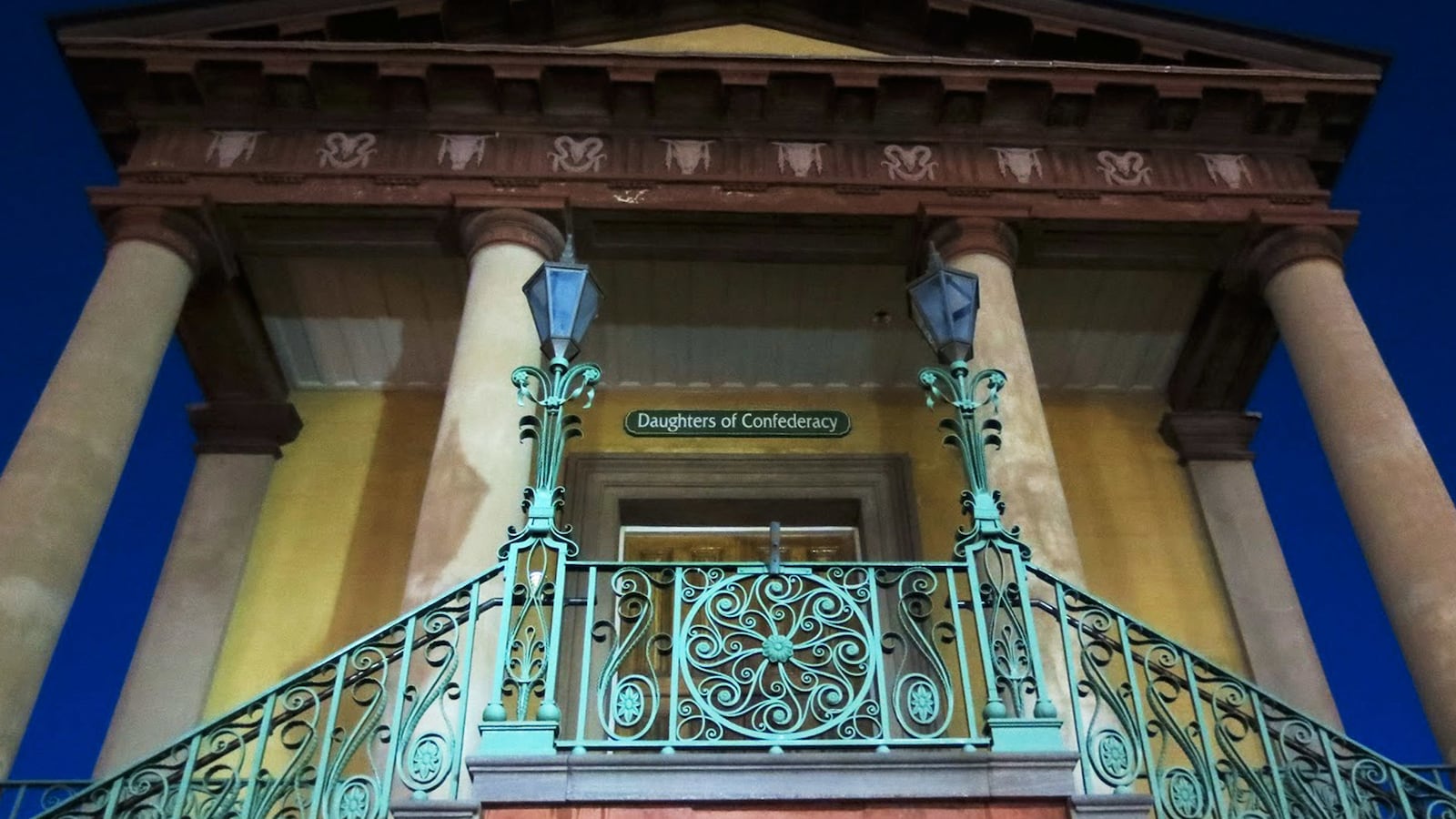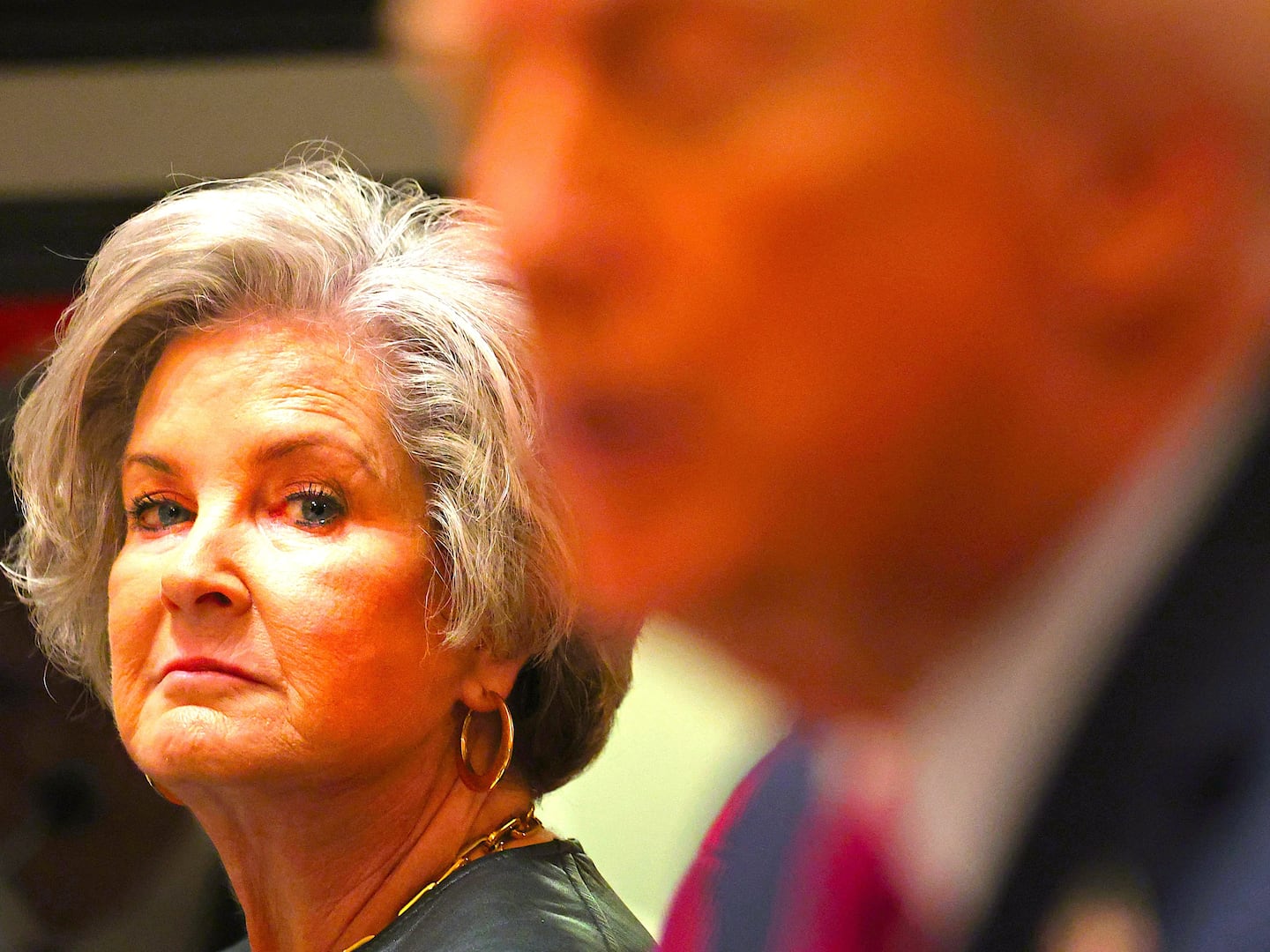Earlier this week Vanderbilt University announced that it would remove the word “Confederate” from the stone pediment at the entrance to a campus dormitory known as Memorial Hall. The decision brings to a close a long-standing dispute between the university and the Tennessee division of the United Daughters of the Confederacy, which provided the funds for the construction of the building and claimed naming rights in 1933. As part of the agreement, the school will pay the UDC $1.2 million or the present value of their initial $50,000 donation. This decision is the latest in a string of high-profile moves to remove Confederate iconography from public and private places as well as a reflection of the UDC’s long decline.
The women who founded the UDC in 1894 were committed to preserving and defending the memory of Confederate soldiers and their cause. By World War I, membership in the UDC had reached roughly 100,000. While chapters were eventually established throughout the country, they remained most influential in the South, where they organized Decoration Day ceremonies, monument dedications, and raised money to support veterans in their old age. Their most important function, however, was the overseeing of how history was taught to the next generation on the high school and college levels. Students were expected to assume the responsibility of defending their ancestors once the generation that lived through the war had died. They did this primarily by authorizing textbooks for classroom use and rejecting those they deemed to be a threat to the memory of the Confederate soldier.
The UDC promoted histories that celebrated the Confederate cause by praising leaders like Robert E. Lee and Stonewall Jackson and ignoring or re-interpreting the central cause of the war, namely slavery. Consider Susan Pendleton Lee’s 1895 textbook, A School History of the United States, in which she declared that although abolitionists had declared slavery to be a “moral wrong,” most Southerners believed that “the evils connected with it were less than those of any other system of labor.” “Hundreds of thousands of African savages,” according to the author, “had been Christianized under its influence—the kindest relations existed between the slaves and their owners.” It should come as no surprise that in her account of Reconstruction, the Ku Klux Klan was necessary “for protection against . . . outrages committed by misguided negroes.”
By the first decade of the 20th century and with the encouragement of the UDC, most Southern states established textbook commissions to oversee and recommend books for all public schools that provided a “fair and impartial” interpretation. These committees worked diligently to challenge publishers who stood to threaten the South’s preferred story of the war: “Southern schools and Southern teachers have prepared books which Southern children may read without insult or traduction of their fathers. Printing presses all over the Southland—and all over the Northland—are sending forth by thousands ones which tell the true character of the heroic struggle. The influence . . . of the South forbid[s] longer the perversion of truth and falsification of history.”

Perhaps the best example of the oversight exercised by the UDC was through the efforts of Mildred L. Rutherford of Georgia, who served as the organization’s “Historian General.” In 1919 Rutherford published A Measuring Rod to Test Text Books and Reference Books in Schools, Colleges, and Libraries. The book was recommended for “all authorities charged with the selection of text-books for colleges, schools, and all scholastic institutions” and recommended that “all library authorities in the southern States mark all books in their collections which do not come up to the same measure, on the title page thereof, ‘Unjust to the South.’”
Rutherford’s recommendations included rejecting books that spoke of the Constitution as anything other than as a compact between sovereign states. Textbooks were also rejected that did not clearly outline the interferences with the rights guaranteed to the South by the Constitution, which it was believed led directly to secession. Any book that suggested that the Confederacy fought to protect slavery was rejected. This also held for any book that characterized slaveholders of the South as cruel and unjust to their chattel. Finally, Abraham Lincoln was not to be glorified nor Jefferson Davis vilified.
In response to some of the most egregious violations having to do with the history of slavery, Rutherford offered a number of corrections. She suggested that “Southern men were anxious for the slaves to be free. They were studying earnestly the problem of freedom, when Northern fanatical Abolitionists took matters into their own hands.” And in a claim that is still today widely repeated, Rutherford argued that, “Gen. Lee freed his slaves before the war began and Gen. Ulysses S. Grant did not free his until the war ended.”
The effort made by the UDC to control history textbooks paid off immeasurably and continued to shape how Americans remembered the Civil War well into the 20th century. As late as the ’70s, the state of Virginia still used the popular textbook Virginia: History, Government, Geography by Francis B. Simkins, Spotswood H. Jones, and Sidman P. Poole, first published in 1957. Its chapter on slavery—“How the Negroes Lived under Slavery”—featured a well-dressed African-American family on board a ship shaking hands with a white man, who is presumed to be the family’s new owner. Here is how it describes slavery:
A feeling of strong affection existed between masters and slaves in a majority of Virginia homes . . . The house servants became almost as much a part of the planter’s family circle as its white members . . . The Negroes were always present at family weddings. They were allowed to look on at dances and other entertainments . . . A strong tie existed between slave and master because each was dependent on the other … The slave system demanded that the master care for the slave in childhood, in sickness, and in old age. The regard that master and slaves had for each other made plantation life happy and prosperous. Life among the Negroes of Virginia in slavery times was generally happy. The Negroes went about in a cheerful manner making a living for themselves and for those for whom they worked . . . But they were not worried by the furious arguments going on between Northerners and Southerners over what should be done with them. In fact, they paid little attention to these arguments.
It is unclear what the UDC will do with the $1.2 million payment, but one thing is certain and that is they will not be able to use it to push the agenda of their forebears. Their preferred historical narrative has been largely discredited over the past few decades and the organization itself is now largely ceremonial.
In the wake of Vanderbilt’s decision, some have expressed concern that in changing the name of the building the university is “erasing history.” Such claims are ironic given the UDC’s efforts to control and distort (for their own self-serving purposes) the teaching of history that takes place on high school and college campuses every day across the country.
Kevin M. Levin is a historian and educator based in Boston. He is the author of Remembering the Battle of the Crater: War as Murder (2012) and is currently at work on Searching For Black Confederate Soldiers: The Civil War’s Most Persistent Myth. You can find him online at Civil War Memory and Twitter @kevinlevin.






